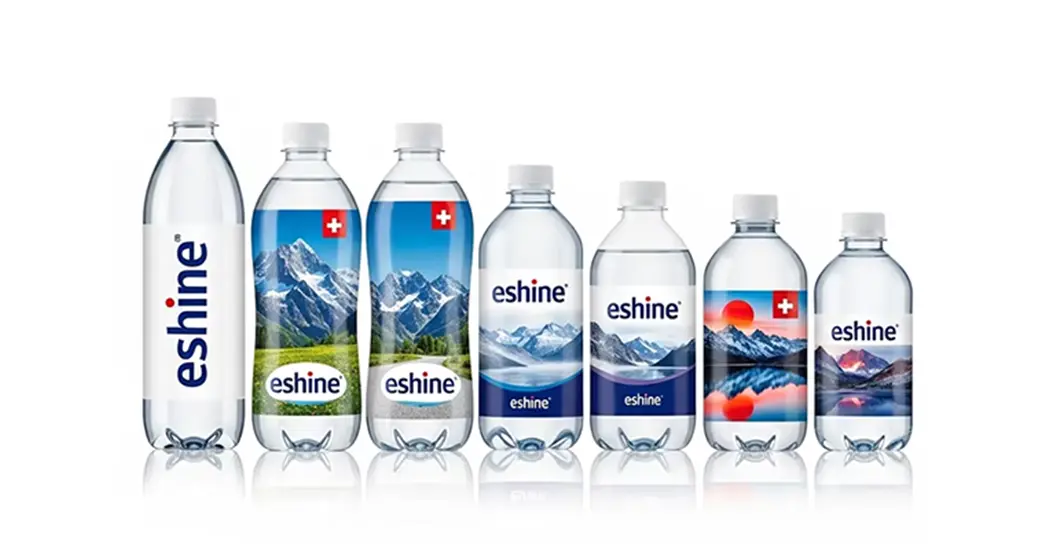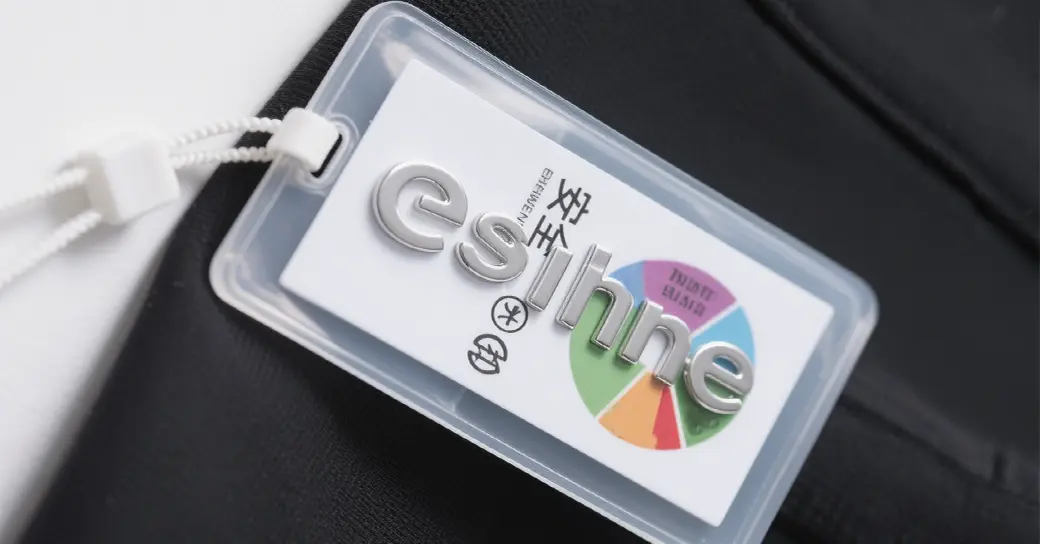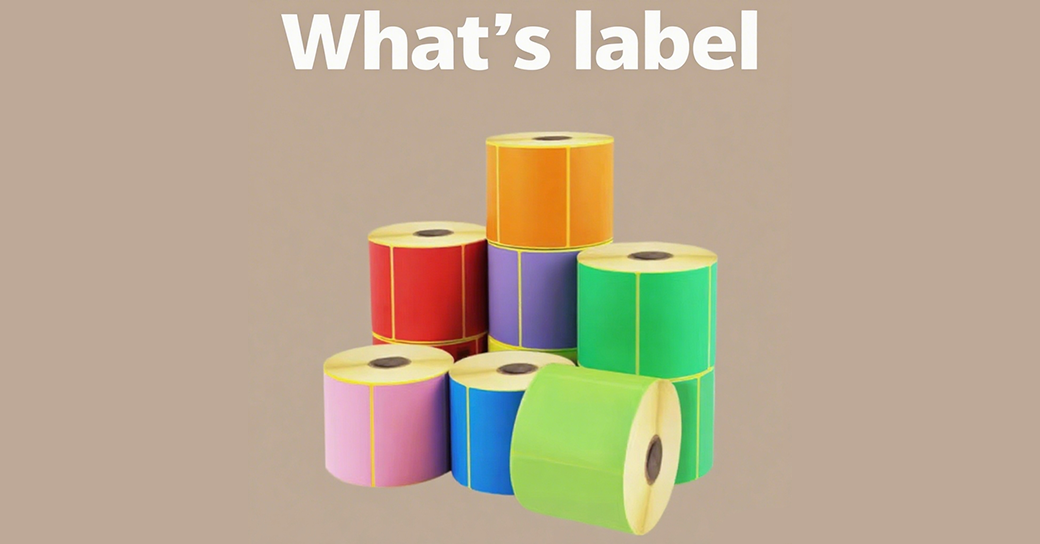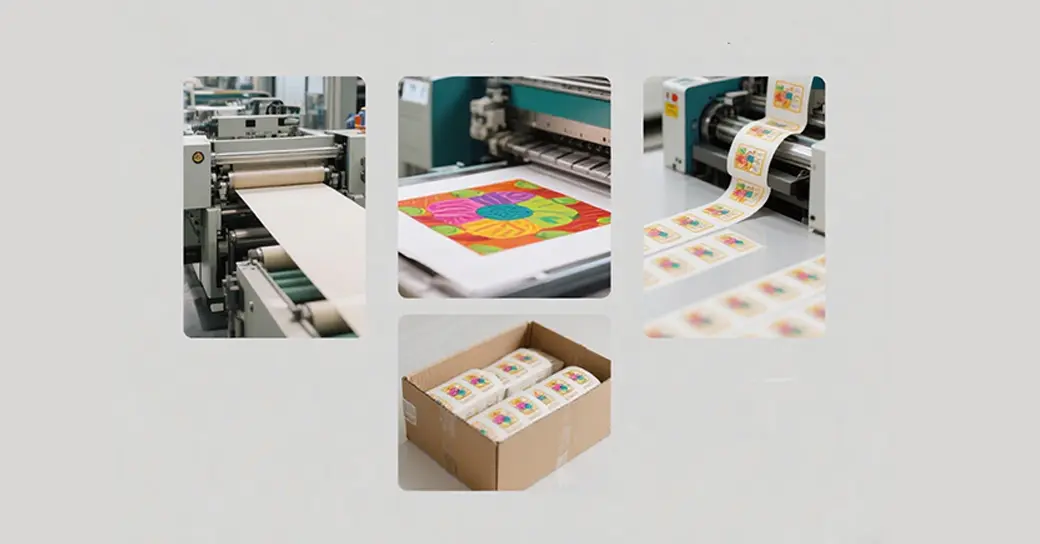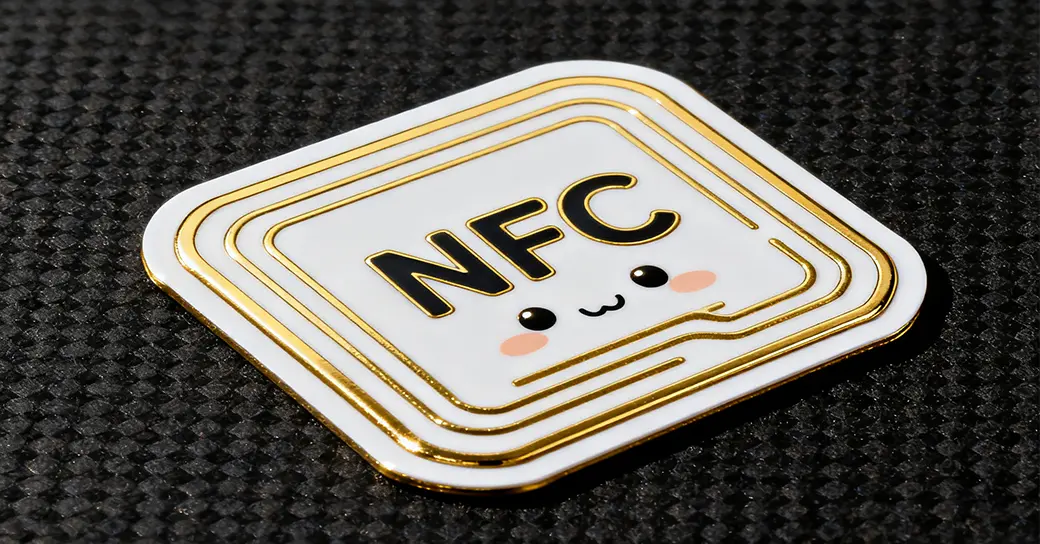What essential information should be included on clothing labels?
1. Basic product information: clear "identity" without ambiguity
Product Name: Clearly label the specific name of the garment, such as "cotton T-shirt," "denim jeans," or "down jacket." Avoid vague terms like "casual wear" or "fashion" to ensure consumers can clearly understand the product type. If the product has special features (such as UV protection or antibacterial properties), these should also be reflected in the name or described separately.
Product sizes and specifications:This is core information to guide consumers in choosing well-fitting clothing. Labeling must comply with national standards, such as "175/92A" (height/chest/body shape) for tops and "175/80A" (height/waist/body shape) for pants. Body shape codes "A" represent a normal body type, "B" represents an overweight body type, "C" represents an obese body type, and "Y" represents a thin body type. These body types must accurately correspond to product designs.
Producer Information: The name and address of the producer must be marked, including the legally registered company name (abbreviations or nicknames are not allowed) and the detailed address (down to the city, district, and street number). If the product is a commissioned product, the names and addresses of both the commissioning and the commissioned party must be marked to ensure traceability.
2. Ingredients and Materials: Uncovering the “Truth About Fabrics”
Fiber composition and content
This is key information for consumers and should be labeled in descending order of fiber content, with the percentage accurately reported. For example, "Outer fabric: 80% cotton, 20% polyester; Lining: 100% polyester."
Natural fibers (such as cotton, linen, wool, and silk) and chemical fibers (such as polyester, nylon, and spandex) must be clearly distinguished.
If two or more fibers are present, the name and content of each fiber must be listed separately; the general term "blended" should not be used.
For spliced or composite garments, the fiber composition of each part must be separately labeled (e.g., "Sleeves: 60% cotton, 40% polyester; Body: 100% cotton").
Safety Categories
National standards categorize clothing into three safety levels based on the intended use and the degree of skin contact, which must be clearly indicated on the label:
Category A: Infant and toddler textile products (for infants and toddlers aged 0-36 months), formaldehyde content ≤ 20 mg/kg, pH 4.0-7.5, and no detectable degradable carcinogenic aromatic amine dyes;
Category B: Textile products intended for direct skin contact (such as underwear, T-shirts, shirts, dresses, etc.), formaldehyde content ≤ 75 mg/kg, pH 4.0-8.5;
Category C: Textile products intended for indirect skin contact (such as jackets, overcoats, curtains, etc.), formaldehyde content ≤ 300 mg/kg, pH 4.0-9.0.
Infant and toddler clothing not labeled "Category A" or underwear labeled "Category C" are considered unqualified.
3. Washing and Care: "Instructions" for Extending the Life of Clothes
Washing instructions
Washing instructions must be labeled using pictorial symbols (or pictorial symbols + text) specified in national standards, including washing temperature (e.g., 30°C, 40°C), washing method (machine wash, hand wash, do not wash), bleachability (chlorine bleach, non-chlorine bleach, do not bleach), and drying method (hang dry, lay flat, tumble dry). For example: "Machine wash ≤ 30°C, gentle cycle, do not bleach, hang dry, iron at low temperature."
Symbols must be clear and standardized to avoid damage to clothing caused by improper labeling.
Maintenance and Care Instructions
For clothing made of special materials (e.g., wool, silk, down jackets, genuine leather) or with special finishes (e.g., embroidery, hot stamping), additional text instructions are required, such as: "For down jackets, use a neutral detergent and avoid machine washing and drying" and "Keep leather away from water," to guide consumers in proper care.
4. Quality and Compliance Information: Protecting Consumer Rights
Product Standard Number
The national, industry, or enterprise standard number to which the garment complies must be indicated, for example: "GB/T 22849-2014 (Knitted T-shirts)" or "FZ/T 81006-2021 (Denim Clothing)." The standard number is an important indicator of product quality compliance. Consumers can use the number to identify the specific requirements of the corresponding standard.
Quality Grade
If the product standard specifies a quality grade (such as superior, first-class, or qualified), it must be clearly indicated. For example, "Quality Grade: First-class." The higher the grade, the stricter the product's quality control.
Safety Technical Category
In addition to the safety categories (A/B/C) listed above, the corresponding safety technical standard number, such as "GB 18401-2010 National Basic Safety Technical Specifications for Textile Products," must also be indicated to ensure that the product meets basic safety requirements.
5.Why is this information essential?
Mandatory labeling requirements for clothing are essentially aimed at ensuring consumers understand their purchasing decisions clearly by standardizing information disclosure. For example, fiber composition labeling prevents merchants from using "pure cotton" as a gimmick to sell synthetic fiber products; safety category labeling protects infants and young children from exposure to clothing containing excessive formaldehyde; and washing instructions reduce disputes caused by improper care.
Market regulators also conduct random inspections based on label information. If they discover missing or falsE Labeling (such as fiber content discrepancies or falsified safety categories), they will impose penalties on companies in accordance with the law, including orders for rectification, fines, and even product recalls.
Consumers should make it a habit to check labels when purchasing clothing. If they find incomplete, unclear, or inconsistent label information, they can file a complaint with market regulators to protect their legitimate rights and interests.





